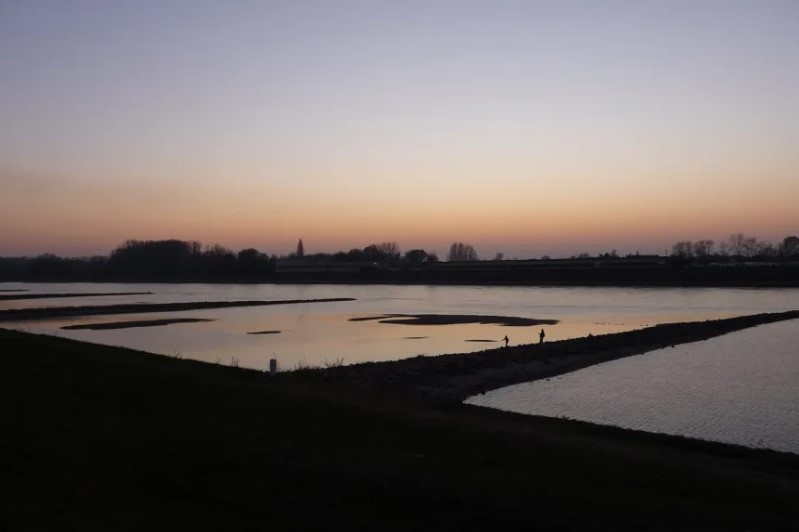
When I decided to write my PhD thesis on the history of the nuclear Rhine in the summer of 2018, the front pages of the newspapers were dominated by news of the record summer and that several nuclear power plants on the Rhine had to be shut down. Headlines focused on the topics of the low water level of the Rhine and to what extent the use of cooling water can affect flora and fauna, but also the danger posed by a lack of cooling water for the operation of nuclear power plants. By then, I had already planned to take a closer look at the effects of heat waves on the operation of nuclear power plants. In the course of my research, I found out that while heat waves are a problem, the thermal load on water bodies caused by the recirculation of cooling water is an equally pressing issue.
The Rhine River basin is, in relation to its flow per watershed, the most thermally polluted river basin globally mainly due to nuclear power plants. Thermoelectric power plants such as coal and nuclear power plants are major drivers of thermal pollution. Even though the European Union has set a limit of three degrees Celsius, the limit is exceeded by five degrees Celsius every year. The majority of thermal excess heat comes from nuclear and coal power plants that were built in the 1970s and 1980s.[1]
At the end of the 1960s, a planning boom began in the countries along the Rhine. Switzerland was one of the countries that wanted to roll out nuclear power in a big way and even slowly turned away from its role as the pioneer of hydropower. In addition, Germany and France also wanted to use the water resources of the Rhine for cooling purposes, which quickly led to conflicts on the fair distribution of cooling water. Switzerland, France, Germany, and the Netherlands planned to build roughly around twenty-five nuclear power plants in the Rhine River basin (including the Aare and the Moselle), which would have made the Rhine one of the most nuclearized river basins in the world.[2] Especially problematic was that energy companies were tempted to build nuclear power plants without external cooling systems as experts deemed the water resources of the Rhine to be sufficient.
In Germany, nuclear accidents hardly played a role in the early risk perception of the 1950s, 60s, and 70s. This is because the broad public knowledge about the extreme effects of a nuclear accident was almost non-existent. Instead, the focus was on the immediate effects of nuclear power plants that were unavoidable during operation, such as thermal pollution of water bodies. It was also in these early years that water management authorities were the most vocal administrative opponents of nuclear energy. Political supporters of nuclear energy tried to counteract the opposition by handing over water competences to the Federal Ministry of Atomic Energy. However, this decision did not lead to the desired decrease in criticism. In the 1970s, criticism regarding water became even louder when it came to the thermal pollution of the Rhine and the Weser.[3]
Source: Nuclear Power in Times of Climate Change and the Water Risks Around It – Environmental History Now.

